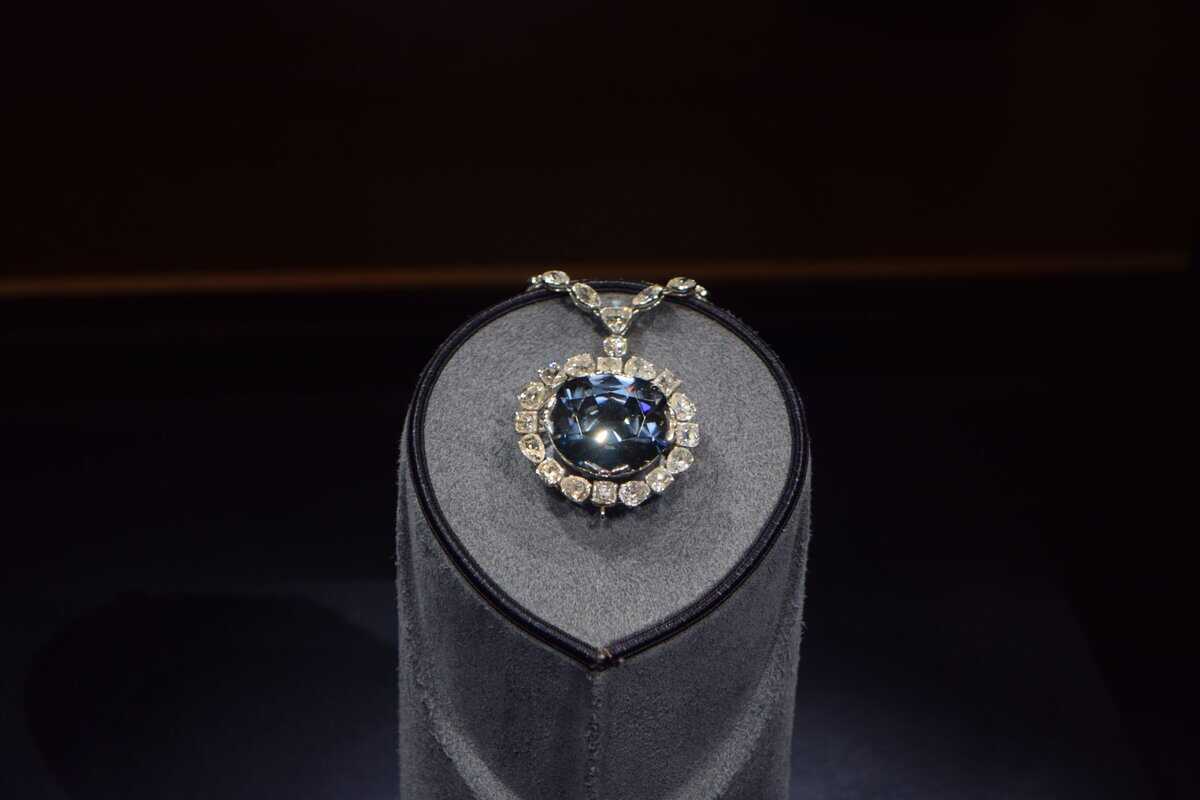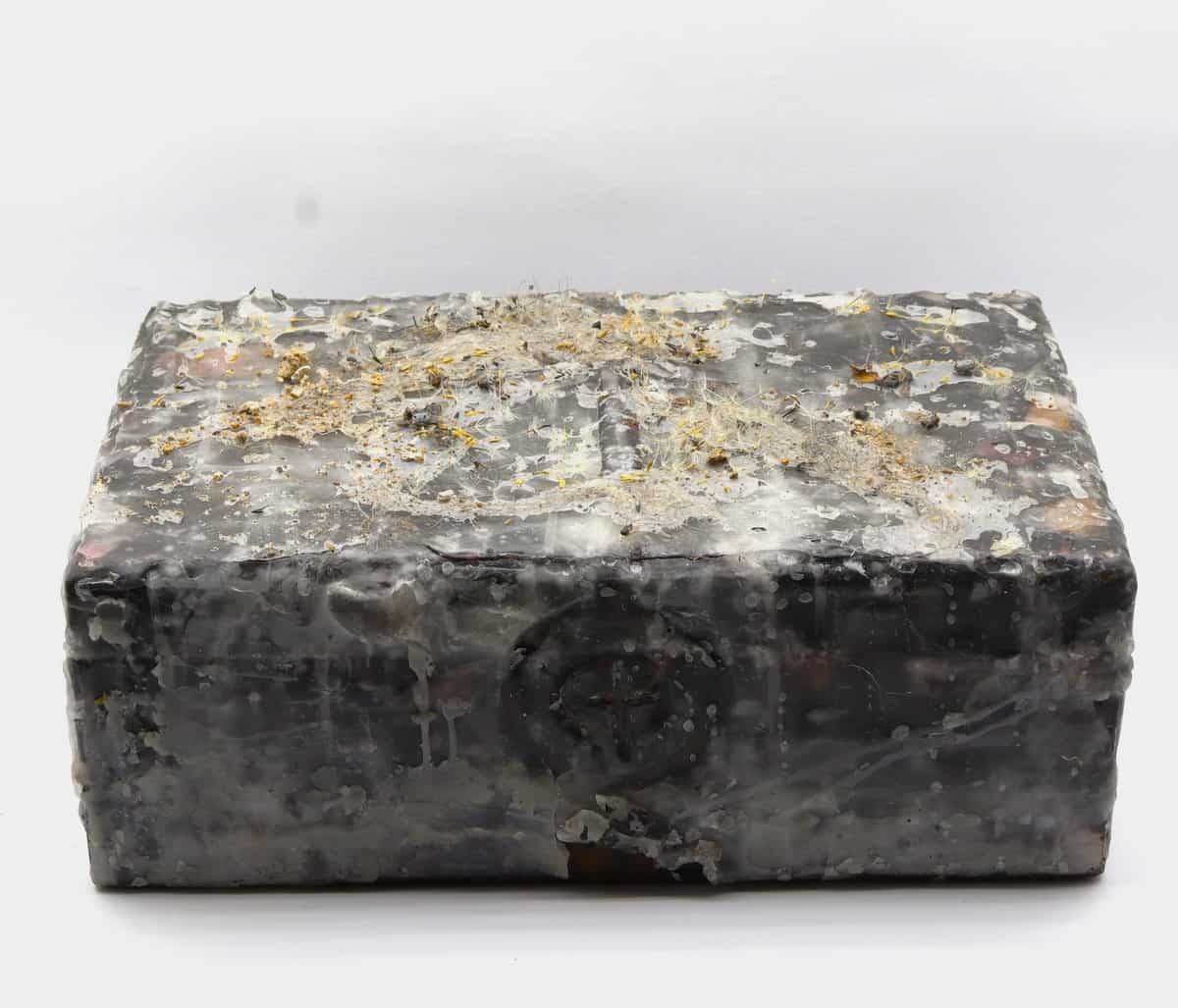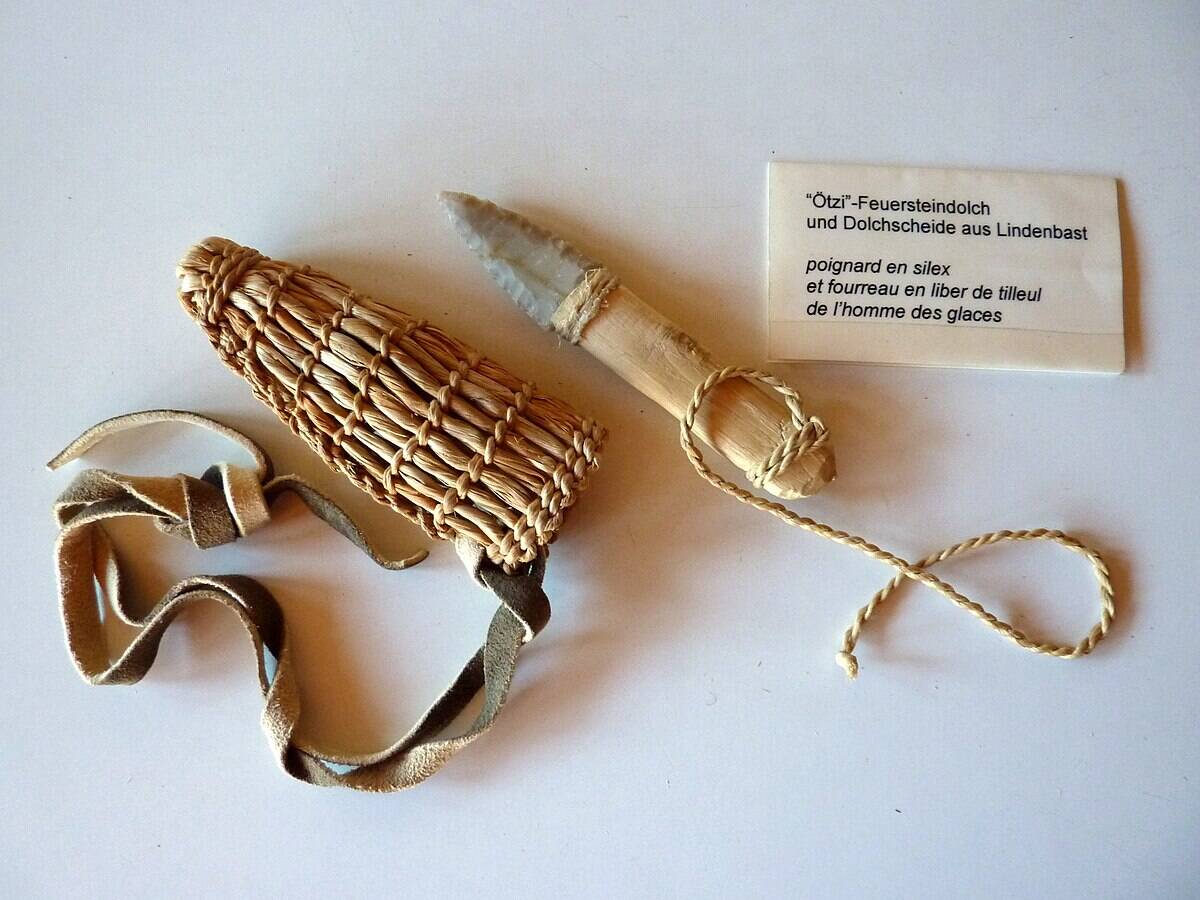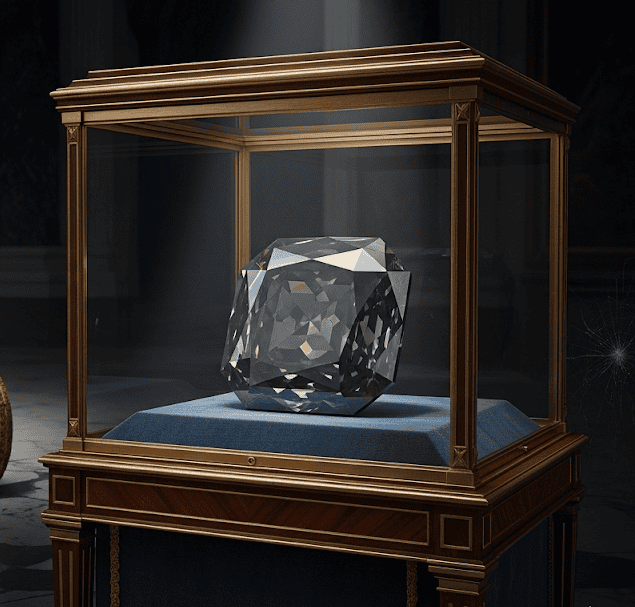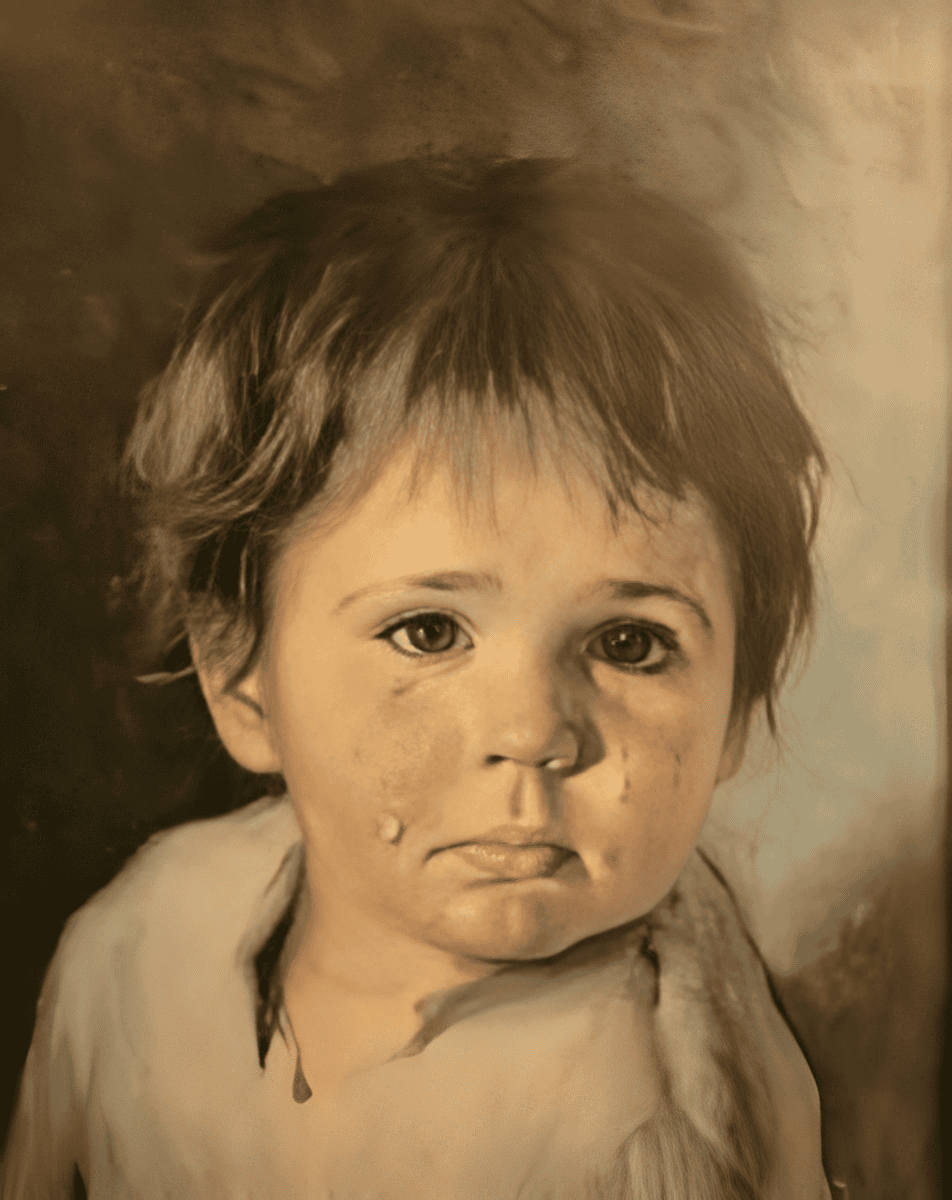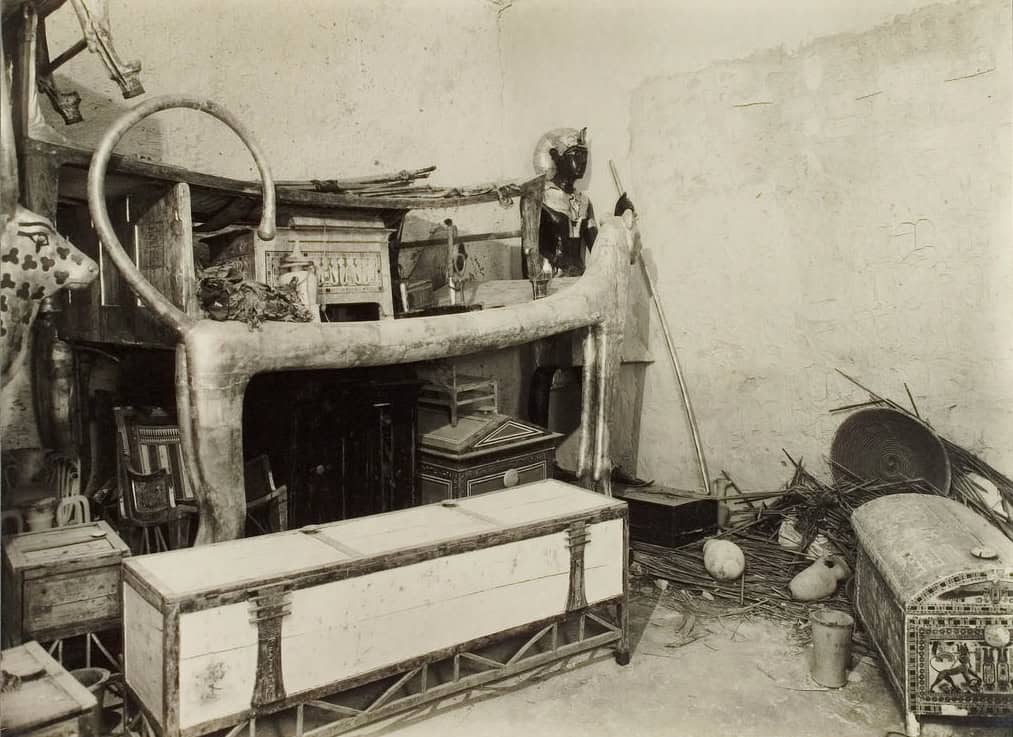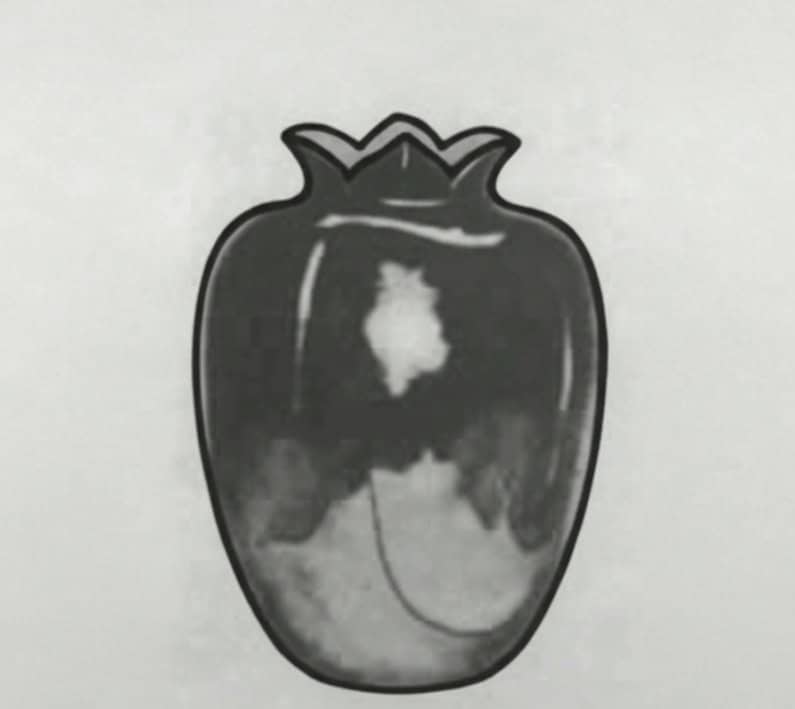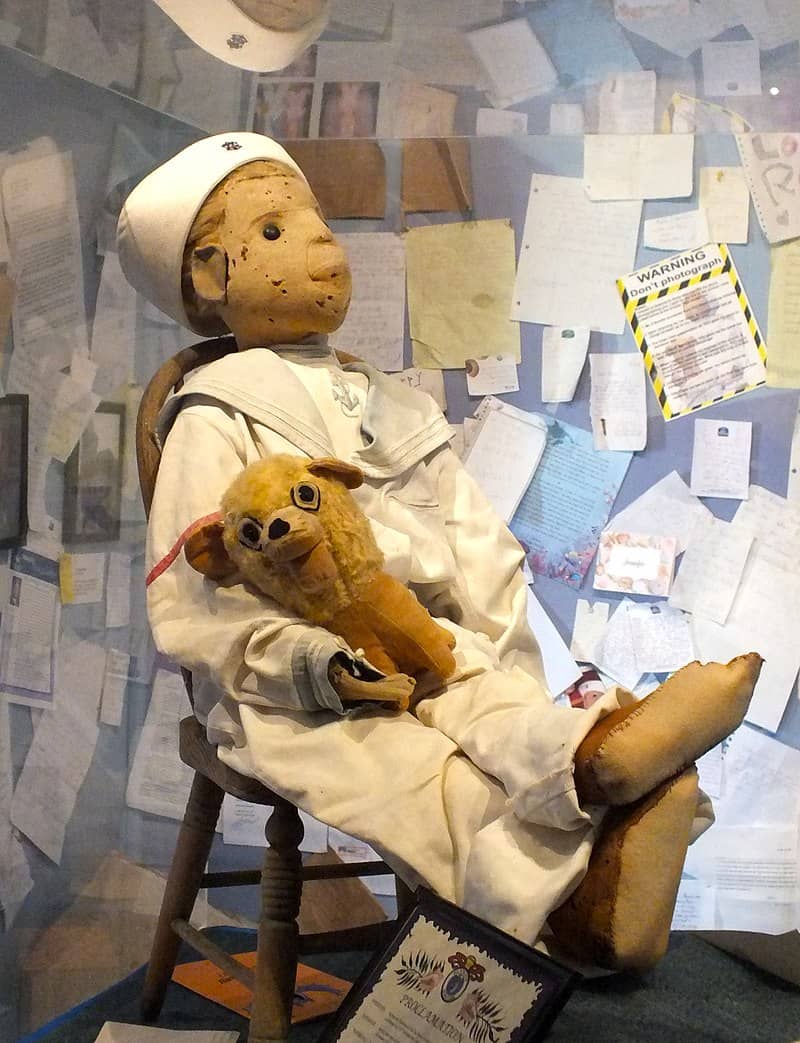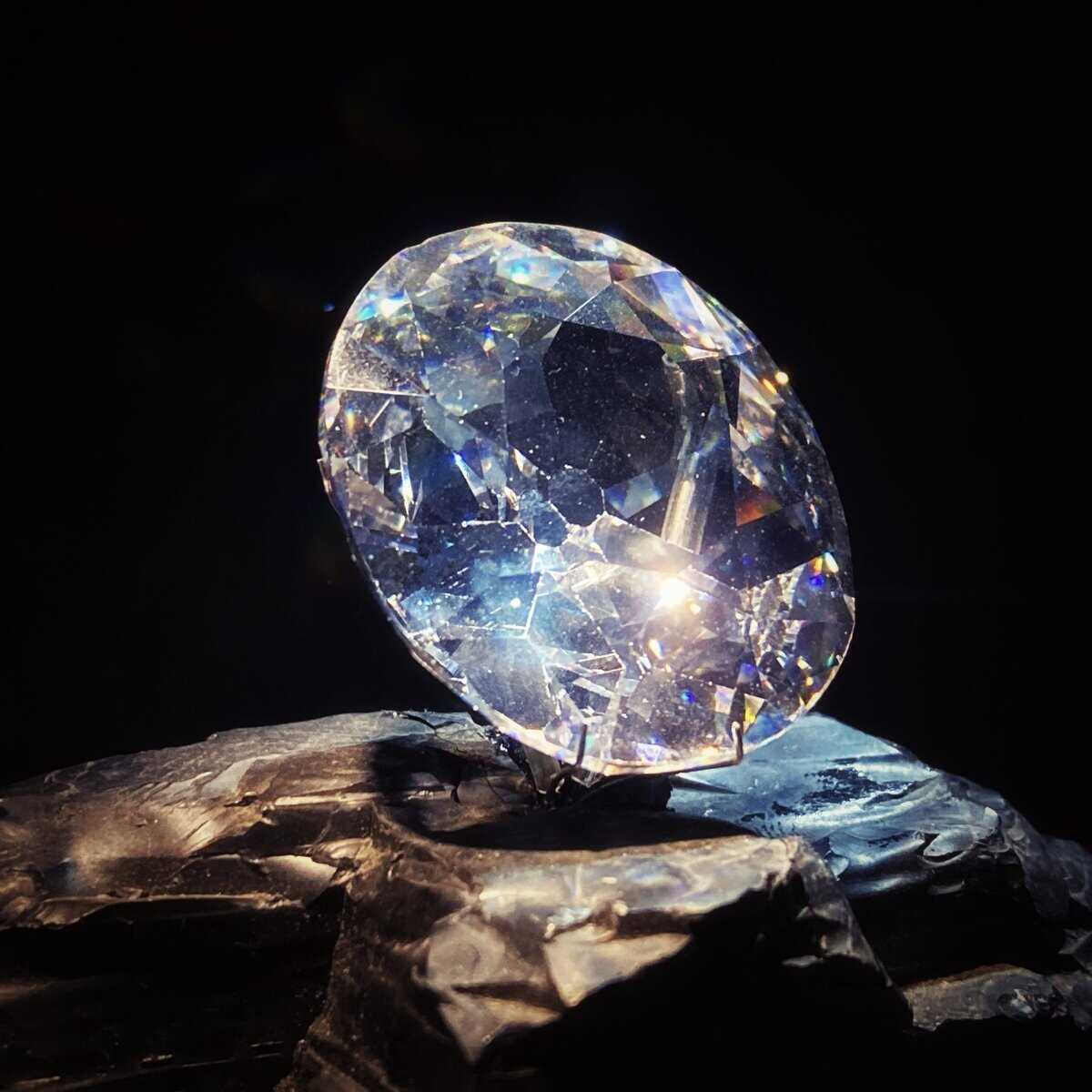Most of us have a little hoarder hidden inside. Maybe it’s that box of old concert tickets, the stack of clothes that “might come back in style,” or the random kitchen gadgets we’ve used once.
But if history has taught us anything, it’s that not every object is harmless. Across cultures and centuries, there are tales of cursed items that brought misery, chaos, and sometimes even disaster to their owners.
While these stories are eerie, they also carry a surprisingly practical lesson: maybe we really don’t need to keep everything.
Let’s explore nine cursed objects from myth and history that could double as lessons against hoarding.
1. The Hope Diamond
The Hope Diamond is one of the most famous cursed jewels in history. Its deep blue sparkle might look irresistible, but stories say it brought misfortune and tragedy to almost everyone who owned it.
From bankruptcies to broken marriages, the diamond seemed to carry an aura of bad luck. Imagine stuffing your jewelry box with too many glittery things only to discover one is draining your happiness.
The lesson? Keep your collection light. Sometimes, less sparkle really does mean more peace.
2. The Dybbuk Box
The Dybbuk Box is a wine cabinet said to contain a restless spirit from Jewish folklore. People who owned it reported terrifying nightmares, unexplained illness, and even financial troubles.
Today, the box is a staple of horror stories and paranormal investigations. If you think about it, clutter can sometimes feel like your own personal Dybbuk Box, quietly sucking your energy and overwhelming your mind.
Keeping things you don’t need can haunt your daily routine more than you realize. Maybe the best approach is to bless your space by letting go.
3. Ötzi’s Iceman Artifacts
When Ötzi the Iceman was discovered in the Alps, archaeologists also found tools and clothing preserved for thousands of years.
What followed were reports of mysterious deaths among those who handled his belongings. While some dismiss it as coincidence, others whisper about a curse.
For us, the takeaway is simple: not every ancient object belongs in your house. Old heirlooms and random antiques might carry memories, but piling them up can weigh you down.
4. The Black Orlov Diamond
Another cursed jewel, the Black Orlov Diamond, was rumored to be stolen from a Hindu idol. Owners throughout history were said to meet tragic fates, including suicide and ruin.
Though the diamond eventually found a home in a museum, its reputation lingered. This gem is a reminder that obsessively keeping valuable objects for status or greed can come with invisible costs.
If your drawers are full of “just-in-case treasures,” ask yourself if they’re really enriching your life or just adding stress.
5. The Crying Boy Painting
In the 1980s, British newspapers reported a strange pattern: homes that burned down often had one thing in common, a mass-produced painting of a crying boy.
Firefighters swore that while everything else turned to ash, the painting survived intact. Superstition claimed the picture carried a curse.
While modern explanations suggest the artwork was simply more fire-resistant, the story still works as a warning. Hoarding mass-produced décor or meaningless art can create its own form of bad energy.
Maybe walls breathe easier when decorated with things that genuinely spark joy, not just impulse buys.
6. King Tut’s Tomb Treasures
When King Tutankhamun’s tomb was opened in 1922, several people linked to the excavation died mysteriously.
Rumors of the “Pharaoh’s Curse” swept through newspapers, warning that disturbing ancient treasures came with deadly consequences.
Science now explains many of those deaths as infections or accidents, but the myth endures. It’s a strong reminder that filling your space with too many exotic or “collectible” items can feel overwhelming and heavy.
Let your home breathe. A few meaningful treasures are enough; you don’t need to create a personal tomb of clutter.
7. The Basano Vase
The Basano Vase from Italy is a silver container with a dark reputation. Legend says the vase was given to a bride who died on her wedding night, and everyone who later owned it also met untimely ends.
Eventually, it was hidden away to stop the cycle. The vase shows how objects can trap negative associations that linger through generations.
When we keep gifts, souvenirs, or family items out of obligation—even when they remind us of pain—we’re essentially hoarding emotional curses. Decluttering can be an act of emotional healing as much as physical cleaning.
8. Robert the Doll
Robert the Doll from Key West, Florida, is no ordinary toy. The child-sized figure was said to move on its own, giggle in empty rooms, and even curse those who disrespected it.
People who mocked Robert claimed to experience accidents, illnesses, or financial disaster. While the doll is now kept in a museum, visitors still leave notes begging forgiveness.
The story is eerie, but the lesson is practical: not every childhood item should follow you into adulthood. Hoarding old toys or memorabilia can keep you stuck in the past instead of moving forward with fresh energy.
9. The Koh-i-Noor Diamond
The Koh-i-Noor is one of the largest cut diamonds in the world, currently part of the British Crown Jewels. Its history is soaked in conquest and colonialism, and it is said to bring misfortune to male owners.
Its reputation has led to endless debates about rightful ownership and whether the stone is cursed. The bigger message here is that objects tied to greed, conflict, or injustice rarely bring happiness.
If your home is full of things you’ve kept for status or pride rather than joy, you may find they feel more like a burden than a blessing.

Sempre senti uma forte ligação com o Divino desde o meu nascimento. Como autora e mentora, a minha missão é ajudar os outros a encontrar o amor, a felicidade e a força interior nos momentos mais sombrios.


